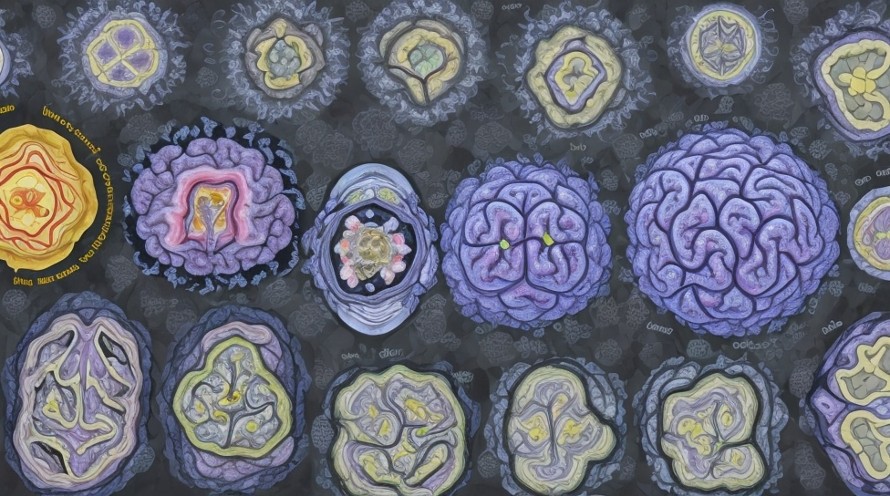Microglia, the specialized immune cells in the brain, play a crucial role in Alzheimer’s disease (AD), but the exact mechanisms behind their contribution have been elusive due to the complexities involved in studying them in human brain samples.
Now, a team of researchers has developed a breakthrough xenotransplantation model that is providing new insights into how human microglia respond to the disease environment.
The study, led by Prof. Bart De Strooper (UK-DRI@UCL and VIB-KU Leuven) and Prof. Renzo Mancuso (VIB-UAntwerp), was published in Nature Neuroscience. The researchers genetically engineered mice to mimic the amyloid-β plaque accumulations seen in humans with AD and transplanted stem-cell-derived human microglia into their brains.
“This xenotransplantation model is a unique tool that allowed us to investigate how human microglia respond to amyloid plaques during the course of the disease,” explained Prof. Renzo Mancuso, first author of the study and group leader at the VIB-UAntwerp Center for Molecular Neurology.
The findings revealed that human microglia show a much more complex immune response to amyloid-β than their rodent counterparts. They also display a different genetic transition from the normal to the reactive state of the cells.
“This could have implications for the development of treatments,” said Mancuso. “Researchers need to be cautious when using mouse models to study AD in preclinical systems for potential therapeutic targeting of microglia because the responses of human and mouse microglia may not be the same.”
The study also uncovered that different genetic risk factors for AD influence how human microglia respond to the disease. Moreover, the genetic risk of AD was spread over the different reactive states of the microglia, further demonstrating the importance of microglia in the disease process.
“This suggests that future microglia-targeted therapies need to be implemented with care as genetic factors might differentially affect their cell states and modify the disease course in unpredictable ways,” said Mancuso.
The data also hinted at a possible interaction between microglia and soluble forms of amyloid-β, which appear early in the disease process, well before plaques form. This interaction might occur in the very early stages of Alzheimer’s and could potentially influence how the disease progresses.
“Overall, this research is an important step toward understanding the mechanisms behind AD,” concluded Prof. De Strooper. “The study provides new insights into the complex ways human microglia respond to AD, which could help researchers develop better treatments for the disease. Our findings validate this xenograft model as a powerful tool to investigate the genetics underlying microglial response in Alzheimer’s.”
With Alzheimer’s cases predicted to triple by 2050, this breakthrough in understanding the role of human microglia could be a crucial step towards developing more effective treatments for this devastating neurodegenerative disorder.


